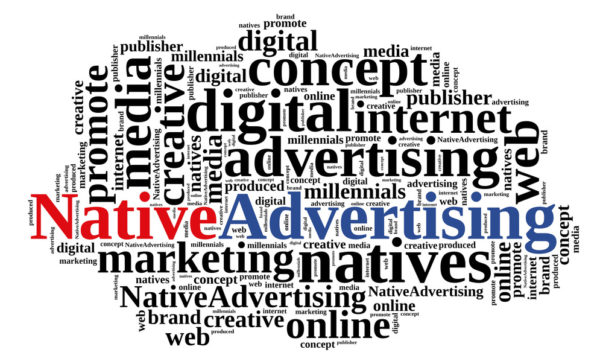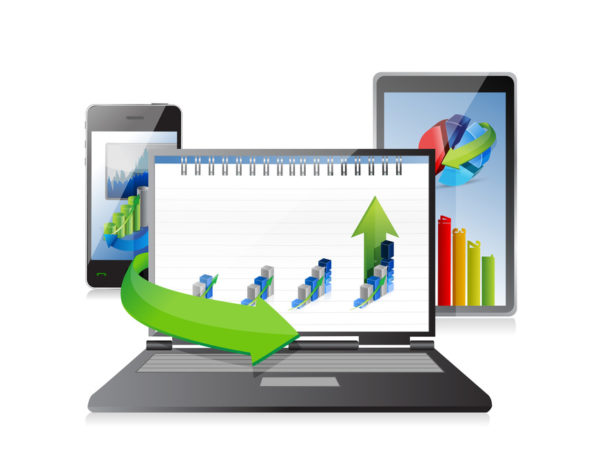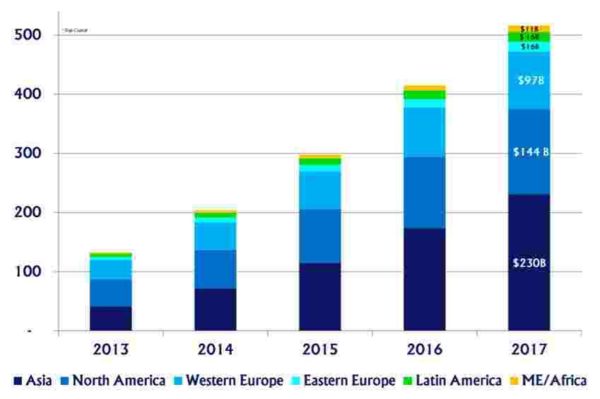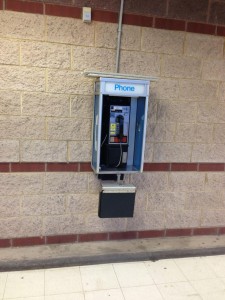Question: How well does your mobile app stand out from the competition? According to a Statista study, today there are more than 1.8 million apps in the Apple App Store and almost 2.5 million in the Google Play App Store. After the first mobile application appeared in 2008, the information marketplace faced a dramatic shift. How do you make yours stand out by leveraging mobile analytics? The demand for instant access to data forever changed the expectations of the public.
Here at Colure Media, we understand the market movements and growth. We take pride in being one of the best mobile app development agencies in New York City. Our team excels in helping our clients stand out in the marketplace. We help them drive mobile application downloads with in-app marketing, app store optimization, mobile marketing and search engine marketing. We use these tools, crystal clear ideas and a systematic approach in defining our tradecraft.
What’s unique about Colure’s approach is our ability to develop native applications which are very strong, from a technology point of view. At the same time, we never lose focus while engaging your target audience with your brand identity. UI/UX are crucial components of any app development. Our focus upon the total user experience, project goals and overall functionality is our signature upon our client’s projects.
Mobile application developments are divided into two different categories: Android apps and iOS apps (which include iPhone apps and iPad applications). We design apps tailored to meet the needs of the enterprise and consumer markets.
The Android services we render include:
- Designing and developing Android apps (SDK)
- Java for Android development
- GPS and Location Services
- Push notifications
- SOAP, RESTful, XML Parsing
- Webkit, HTML5
- MPEG4 AND H.264 over HTTP/RTSP streaming video
- Market research
- Product launches in app stores
Our iOS app developments are secure and scalable. They work comfortably on the ever-upgrading series of Apple mobile devices. These apps are crafted to achieve smooth functionality.
Our iOS development services include:
- Application UI/UX designing and development
- Redesigning apps for iOS compatibility
- Porting for Android and Blackberry apps
- Wireless networking
- iPhone SDK XCode IDE
- Superior quality Graphic Standards and Protocols
- Objective-C Programming
- Customized iPhone apps
- iPhone enterprise software development
The success of our agency is built upon the success and growth of our clients. Contact Colure’s Mobile App Development Team to discuss your next project.





